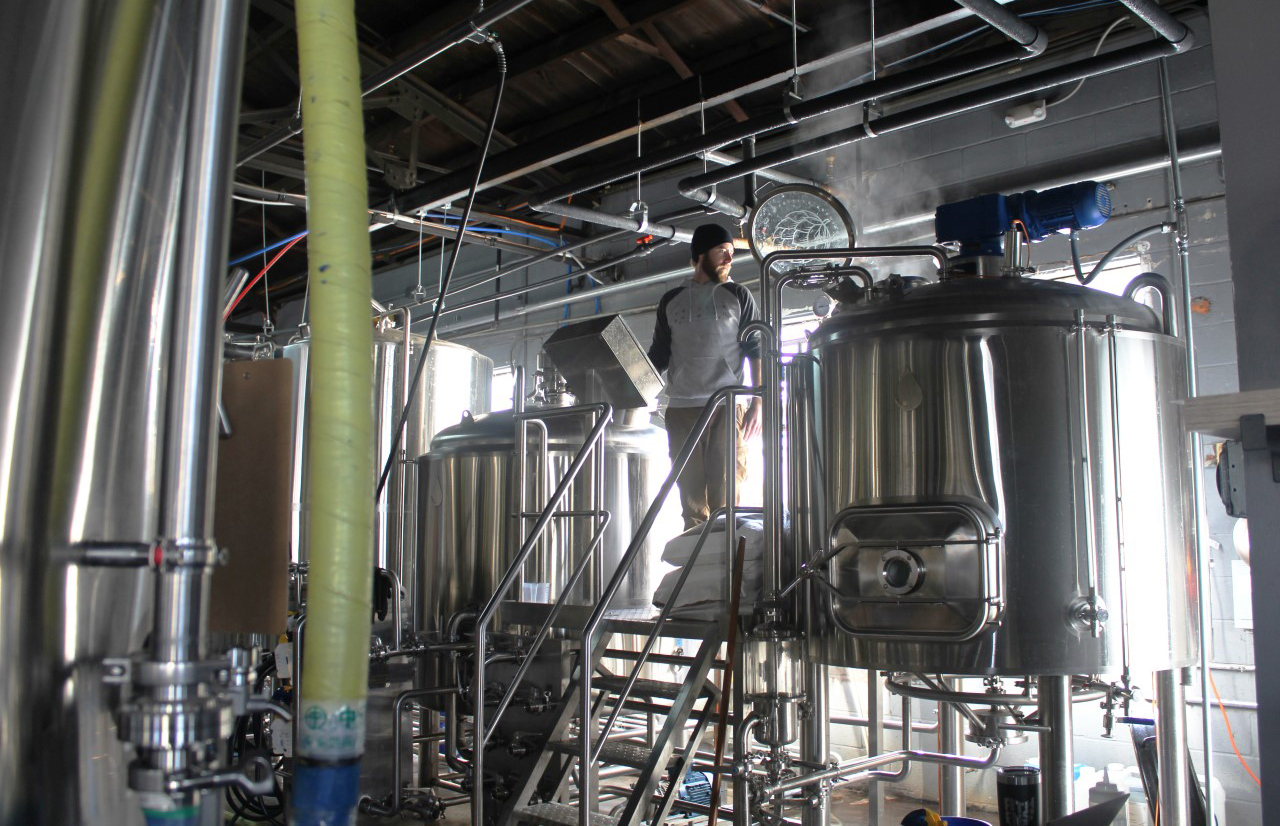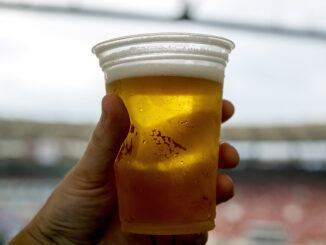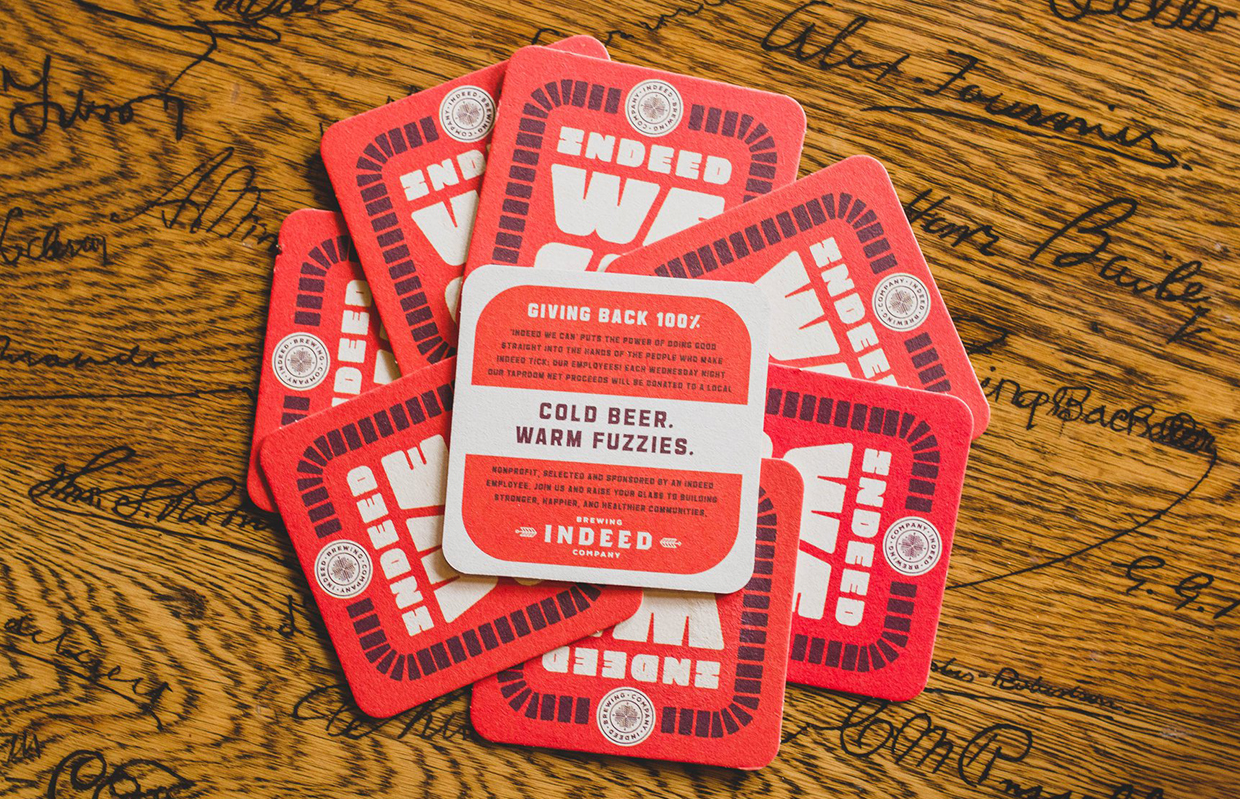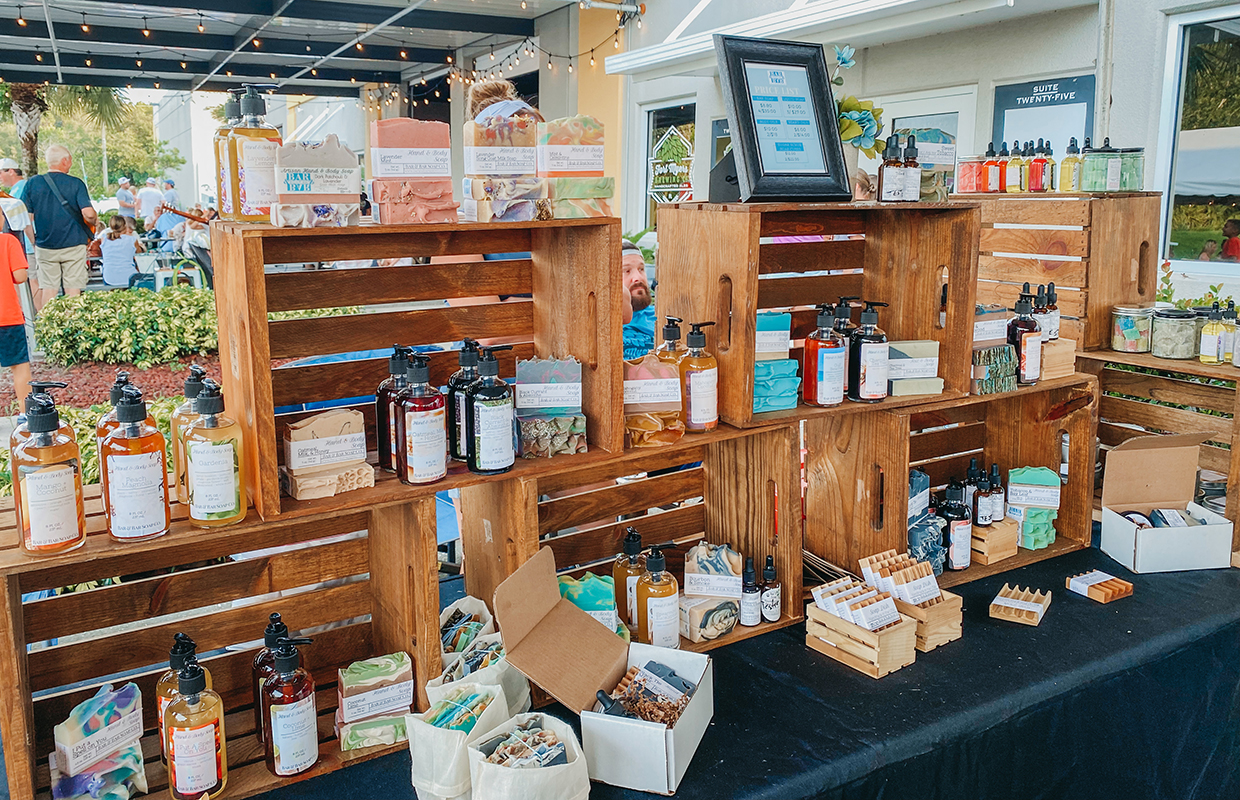
When Brewer launched nearly 15 years ago I would have argued that there’s zero opportunity in the market for continued growth.
At that time the industry was around 2,000 breweries nationwide, but we were becoming a craft-first consumer group. Regardless, distribution was how you defined your brewery.
What we all didn’t realize at the time was that the industry was about to shift dramatically. Where you once needed a large production facility or a fancy gastropub to survive, a case was being made for smaller production and a strong taproom culture.
Smaller 10 barrel breweries were popping up all across the US and the number of breweries nearly doubled in about 2-3 years. By 2015 we were well over 4,000 breweries nationwide, and growing.
Today’s market is no different. In fact, I’d argue that it’s better equipped for a shift than it was in the early 2010s.
While some in the industry feel like the tariffs and financial restrictions are causing an upheaval in brewing — and I know they are making an impact — I still see uniqueness and creativity every day, but it’s just not being felt in distribution.
Consumers, including myself, feel a little underwhelmed when walking down the aisle of major beer retailers. However, I have to remember what I say about almost all in-home beer consumption, “their best stuff is in the taproom.”
The shift over the past five years has been on the taproom experience. I once had a conversation with an older man that originated from New York. He told stories of how each town had its own brewery and it was the community center for that town. There’s absolutely nothing wrong with a brewery being the center of a community. In my mind that’s what a brewery is supposed to be.
Major distribution couldn’t support the nearly 10,000 breweries in the US. We all knew the industry couldn’t grow on the back of multi-state distribution. Not every brewery needs to be making 50,000-100,000 barrels — some of the best ones barely crack 1,000 barrels.
Brewing as a culture has diversified itself in recent years as well. Consumers used to chase high ABV beer, extremely hoppy beers, barrel-aged beers, etc. Those types aren’t dead, but just as consumer pallets have shifted, the desire to develop different beverages has changed.
The industry is no longer pigeon holed in just beer. Some amazing brewers are making phenomenal cider. In some states where they can’t make cider with a brewery license, they’ve pivoted and made really innovative seltzers.
While we all scoffed at White Claw and the macro seltzer market, net profit breweries have embraced the consumer demand and put their fun, creative spin on the beverage.
No, we may not see all of the creativity in the market, but if you pop into any brewery along your drive you’re guaranteed to discover creativity in the products.
I truly am one to typically look on the bright side of life. Maybe that’s not the “cool” thing to be doing at this moment, but I refuse to perpetually write articles or discuss on podcasts the “negative” numbers associated with brewing in America.
Brewing was shifting when it reached nearly 12,000 breweries nationwide. The vast majority of growth in our industry isn’t seen on shelves. Brewing is about its community first and foremost. When you arrive at that experience, you’re becoming part of that community one sip at a time. It’s that focus, that small batch creativity, those in-house package sales, that has shifted our industry and made us stronger.
Brewing isn’t weaker because distribution numbers are down. Rather, brewing is stronger because we flooded the country with local breweries from small to large cities. Brewers are sharing an experience through flavor, and just because the numbers don’t show it, doesn’t mean it isn’t real.






Be the first to comment